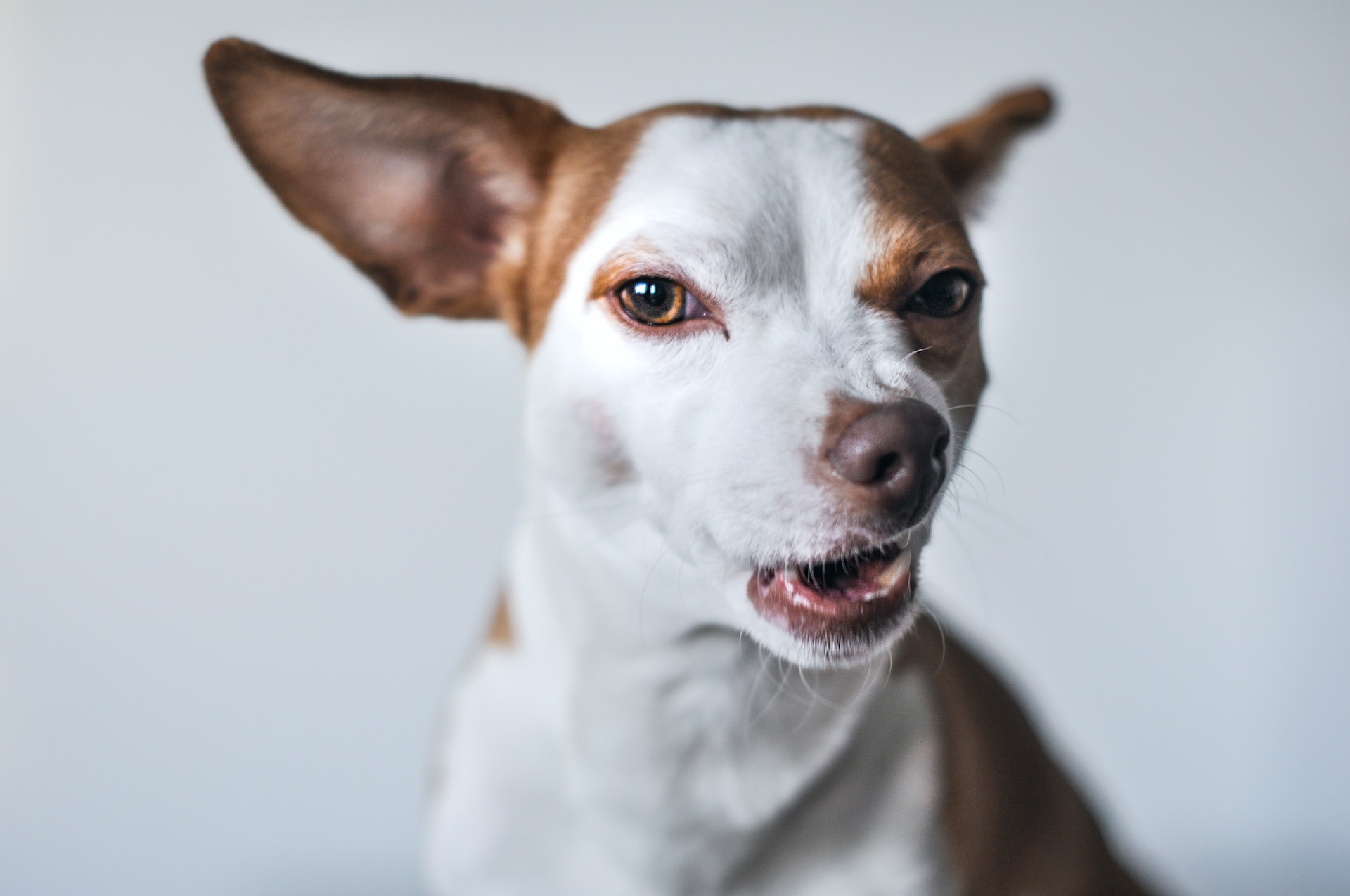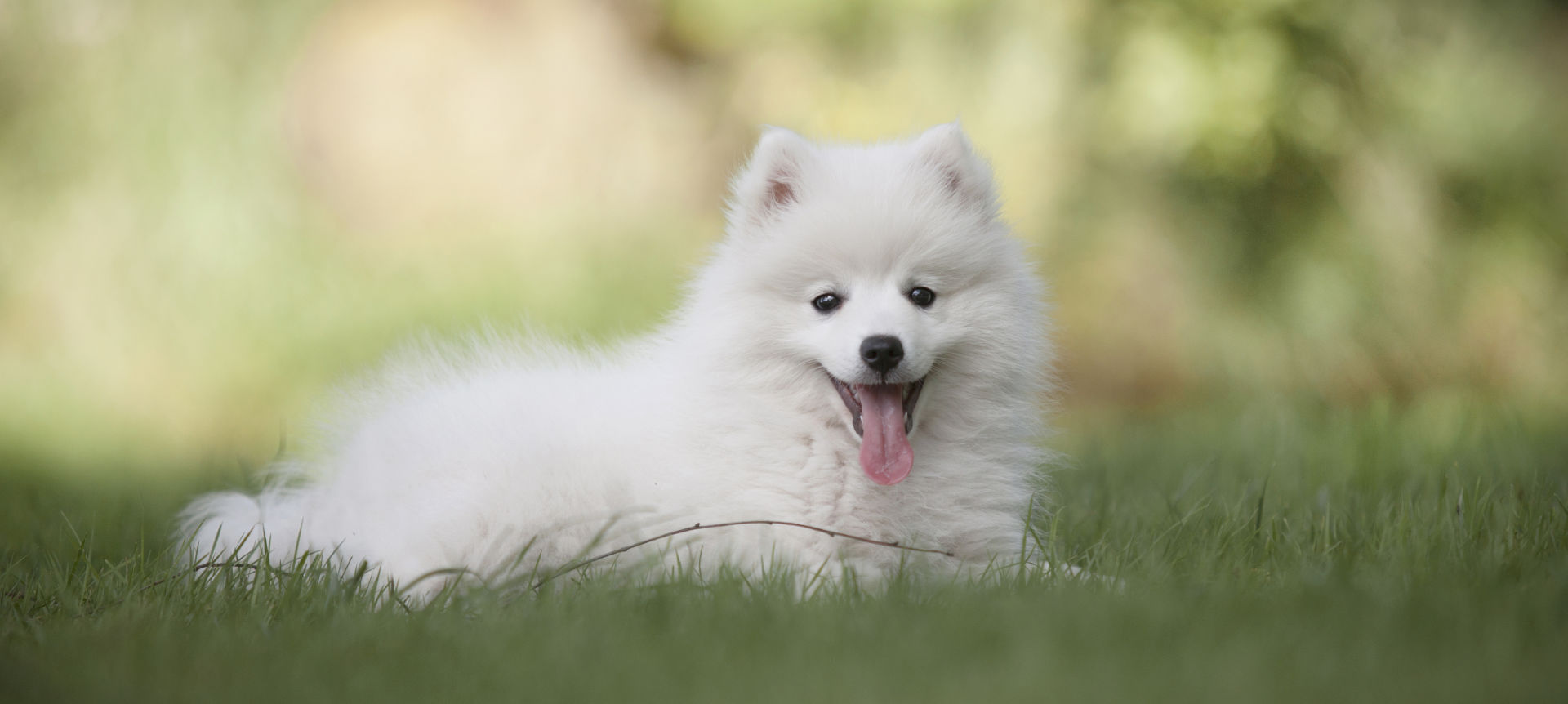
03 Aug Tips & Techniques to Properly Restrain a Fractious Cat or Dog: A Step-by-Step Guide
Introduction
Pet owners know that their beloved furry friends can sometimes exhibit fractious behavior when they feel stressed or threatened. Handling a fractious cat or dog can be challenging and potentially dangerous for both the animal and the handler. In this blog, we will discuss essential tips and techniques to properly restrain a fractious cat or dog, ensuring the safety and well-being of all parties involved.
Tips & Techniques for Safely Restraining a Fractious Pet
- Recognize the Warning Signs:
Before attempting to restrain a fractious pet, it is crucial to identify the warning signs of agitation or fear. Common signs include growling, hissing, barking, raised fur, bared teeth, and aggressive body language. If you notice any of these behaviors, approach the animal with caution and care.
- Create a Calm Environment:
Find a quiet, familiar space where the pet feels comfortable. Reducing external stimuli, such as loud noises and unfamiliar smells, can help to alleviate stress and aggression in the animal.
- Use Appropriate Personal Protective Equipment (PPE):
Ensure your safety by wearing appropriate PPE, such as gloves and long-sleeved clothing, to protect yourself from potential bites or scratches. For particularly fractious animals, a bite-resistant handling jacket may be necessary.
- Employ Positive Reinforcement:
When possible, use positive reinforcement techniques to encourage the pet to cooperate. Offer treats or favorite toys as a reward for calm behavior, and praise them when they respond positively.
- Towel Wrapping Technique for Cats:
For fractious cats, the towel-wrapping technique can be helpful. Place a large, soft towel or blanket on a flat surface and gently lower the cat onto it. Then, wrap the towel around the cat, leaving only their head exposed. This method helps to immobilize the limbs while keeping the animal feeling secure.
- Proper Restraint for Dogs:
The safest way to restrain a fractious dog is with the assistance of another person. Have one person hold the dog’s head and neck while the other secures the hindquarters. Keep a firm but gentle grip, avoiding any unnecessary force that may provoke the dog further.
- Utilize a Leash or Lead:
If handling the animal alone, use a sturdy leash or lead to maintain control while keeping a safe distance from the pet’s mouth. This method allows you to guide the animal without physically grabbing them.
- Seek Professional Help:
If you find it difficult to restrain a fractious cat or dog on your own, don’t hesitate to seek professional assistance from a veterinarian or a trained animal behaviorist. They can provide valuable advice and hands-on support to manage the situation safely.
Conclusion
Dealing with a fractious cat or dog can be challenging, but with the right techniques and precautions, it can be done safely and effectively. Always prioritize your safety and the well-being of the animal. Remain calm, patient, and seek professional help when necessary. By following these steps, you can minimize stress and promote a positive experience for both you and your furry companion.
For more information on feline and canine behavior visit the ASPCA website at www.aspca.org
Photo by Isabel Vittrup-Pallier from Unsplash


